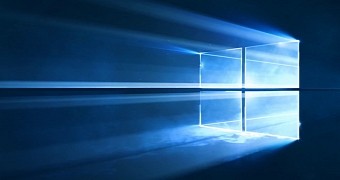Microsoft has released updated media for Windows 10 Anniversary Update for the CBB (Current Branch for Business), after previously making this version available for this branch on November 29, 2016.
The new media is available on Windows Update for Business, Windows Server Update Services (WSUS), and MSDN Subscriptions, and Microsoft says that the files will be posted on the Volume Licensing Service Center (VLSC) on January 26.
“For many organizations, no specific action is needed. If you have already installed the December cumulative update (KB 3201845), or any later cumulative update, that device is already running the equivalent of what was declared to be CBB,” Microsoft explains.
Once the media is released on VLSC as well, Microsoft starts the 60-day countdown towards the end of Windows 10 version 1507. This means that the original version of Windows 10 that was released in July 2015 will reach end of servicing on March 26, 2017, as the company is only supporting the latest two versions for the CBB.
Windows 10 version 1507 for LTSB
This means that once the Creators Update goes live in April and is declared as the current version for CBB (with media available as well), Microsoft would also start the 60-grace period for Windows 10 November Update (version 1511) too.
And while Microsoft will no longer service Windows 10 version 1507, it’s very important to note that this change only concerns the Current Branch for Business, as the Long-Term Servicing Branch (LTSB) will continue to support this version.
Microsoft, however, currently lists Windows 10 version 1607 (Anniversary Update) as recommended for all branches, including here CB, CBB, and LTSB. Windows 10 Anniversary Update is already declared supported version for all branches.
Windows 10 Anniversary Update does come with a long series of improvements, and there’s no reason for customers not to upgrade, even though deployment in the case of large organizations typically takes more time and involves more resources than it does for a single computer owned by a home user.

 14 DAY TRIAL //
14 DAY TRIAL //